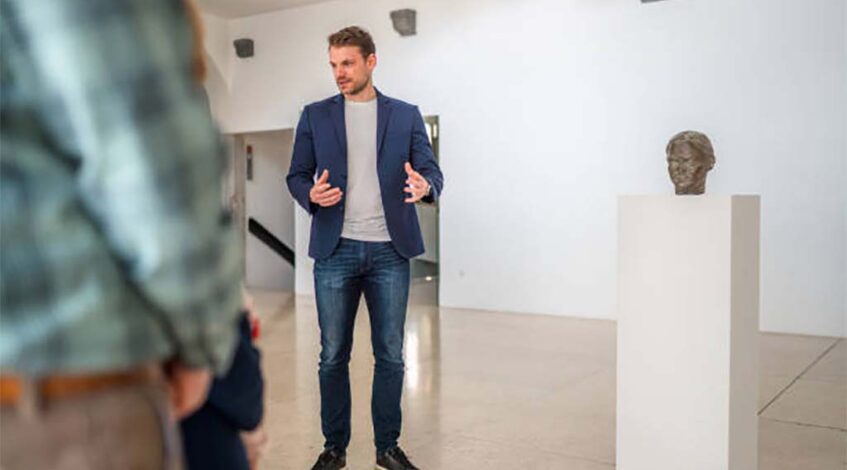Creating a successful art exhibition starts with a solid concept. A well-thought-out theme provides a cohesive thread that ties your artworks together. It gives your audience a lens through which to view and interpret your work, offering a deeper connection and understanding. Spend time reflecting on your artistic journey, influences, and the messages or feelings you wish to convey. This introspection will aid in creating a unique concept that represents your artistic vision and speaks to your audience. Remember, the concept should be both personally meaningful and engaging for viewers.
Creating a Cohesive Collection
Once you have a clear concept, the next step is to create a cohesive body of work for the exhibition. The pieces should resonate with each other while illustrating the exhibition’s theme. A cohesive collection provides a seamless visual experience for the viewer, enhancing the overall impact of the exhibition. This does not imply that all your artworks should be identical. There can be variations in subject matter, medium, or technique. Yet, there should be a unifying element — perhaps a recurring motif, a consistent color scheme, or a common subject — that ties the collection together.
Planning for Exhibition Logistics
Exhibition logistics involve various factors, including deciding on the exhibition venue, determining the exhibition layout, and managing transport and installation of artworks. If you’re collaborating with a gallery, they will likely assist with many of these tasks. However, if you’re arranging your own exhibition, you’ll need to address these tasks yourself. Start by identifying a suitable venue. Consider the space size, layout, lighting, and location. Plan a layout that showcases your artworks to their best advantage while ensuring smooth visitor flow. Additionally, consider how you’ll safely transport and install your artworks.
Crafting Your Artist Statement and Biography
Your artist statement and biography provide essential context about you and your work. They help viewers understand your artistic journey and the inspiration behind your exhibition. Your artist statement should encapsulate your artistic vision, influences, techniques, and the concept behind the specific exhibition. Your biography, on the other hand, should detail your training, experiences, major accomplishments, and anything else that speaks to your development and credibility as an artist. Write these documents with sincerity and clarity, and avoid art jargon to ensure they’re accessible to a broad audience.
Pricing Your Artwork Correctly
Pricing your artwork can be one of the most challenging aspects of preparing for an art exhibition. The price should reflect not only the cost of materials and the time spent creating each piece but also your experience level and the art market standards. Start by researching how similar works by artists of comparable experience are priced. Consider factors such as size, medium, and complexity. Be consistent in your pricing structure to avoid confusing potential buyers.

Promoting Your Art Exhibition
Promoting your exhibition is key to attracting an audience. Start by creating engaging invitations – digital or print, based on your target audience. Leverage social media, your website, and email newsletters to announce the event and provide regular updates. Reach out to local art bloggers, newspapers, and community calendars to get your event listed. Remember to highlight the unique aspects of your exhibition and provide all necessary details like the date, time, location, and any special events such as artist talks or opening receptions.
Setting Up the Exhibition Space
Setting up the exhibition space is an art in itself. The arrangement of your artworks can significantly impact how viewers experience your exhibition. Consider factors such as the viewing distance, lighting, and the visual flow from one artwork to the next. Ensure each piece has enough space to be appreciated individually, while also maintaining a sense of overall cohesion. Label each artwork with its title, medium, dimensions, price, and your name. It’s also helpful to provide a printed guide or exhibition map for viewers to follow.
Opening Night Preparation
Opening night is your opportunity to engage with your audience, answer their questions, and receive feedback. It’s crucial to make a good impression. Dress professionally and be ready to discuss your artworks and the concept behind your exhibition. You might also consider having a guest book for visitors to leave their comments and contact information. Having some light refreshments available is also a nice touch. Lastly, remember to enjoy the experience. This is your moment to shine, sharing your artistic vision with the world.

